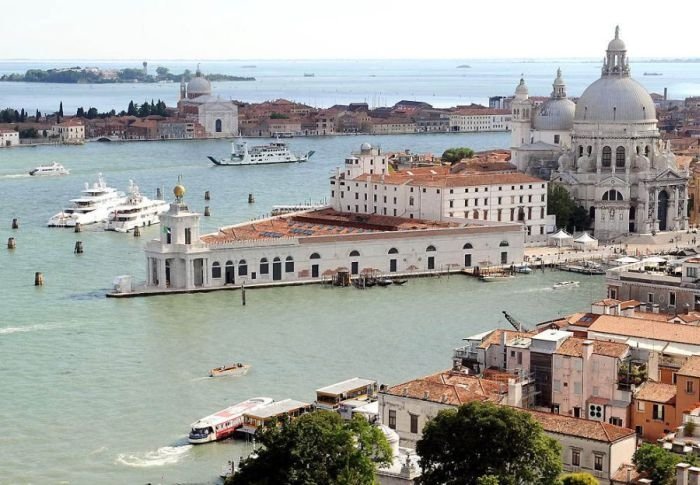|
|
Bird's-eye View Of Venice, Italy
|
Many of the important characteristics of these objects had been developed by the thirteenth century. Toward the end of that century, the center of the Venetian glass industry moved to Murano.
Byzantine craftsmen played an important role in the development of Venetian glass, an art form for which the city is well-known. When Constantinople was sacked by the Fourth Crusade in 1204, some fleeing artisans came to Venice. This happened again when the Ottomans took Constantinople in 1453, supplying Venice with still more glassworkers. By the sixteenth century, Venetian artisans had gained even greater control over the color and transparency of their glass, and had mastered a variety of decorative techniques.
Despite efforts to keep Venetian glassmaking techniques within Venice, they became known elsewhere, and Venetian-style glassware was produced in other Italian cities and other countries of Europe.
Some of the most important brands of glass in the world today are still produced in the historical glass factories on Murano. They are : Venini, Barovier & Toso, Pauly, Millevetri, Seguso. Barovier & Toso is considered one of the 100 oldest companies in the world, formed in 1295.
|
|









